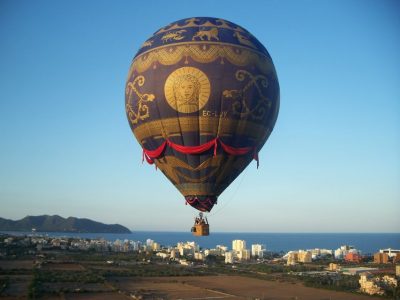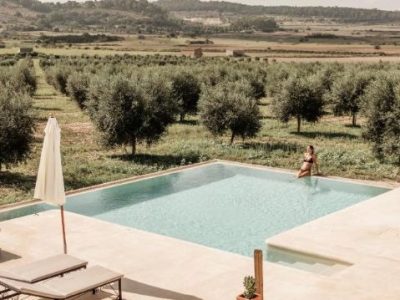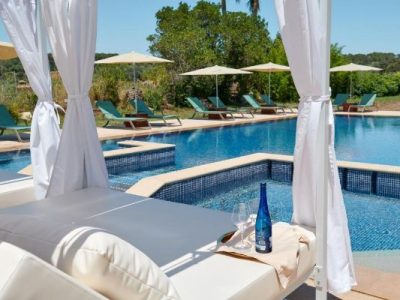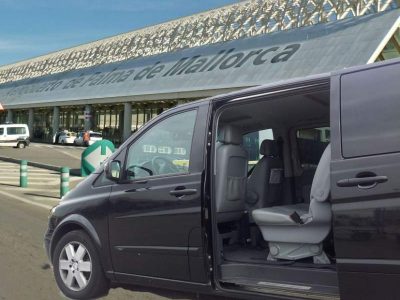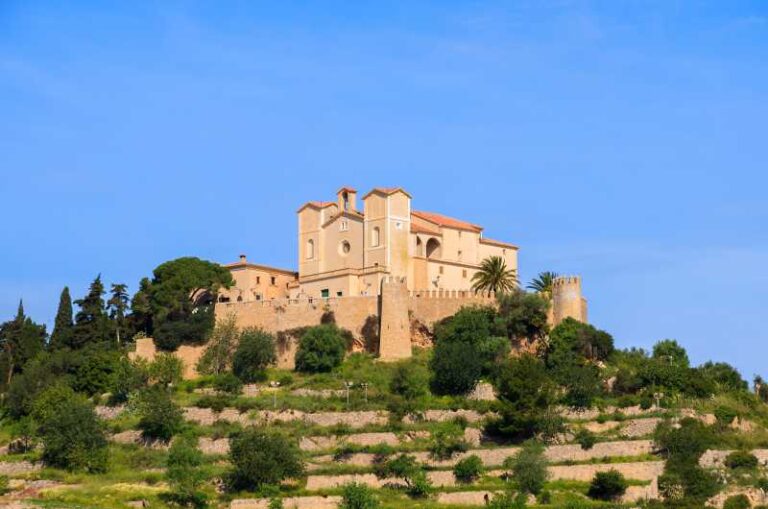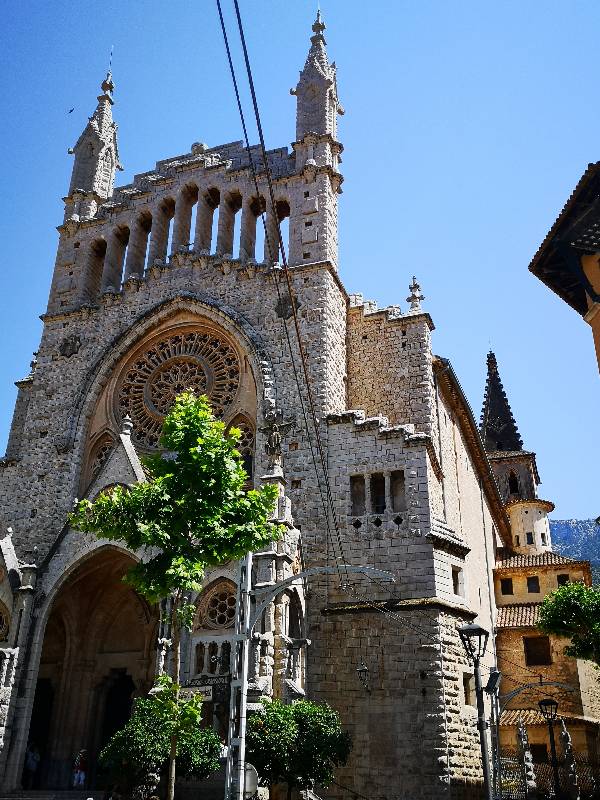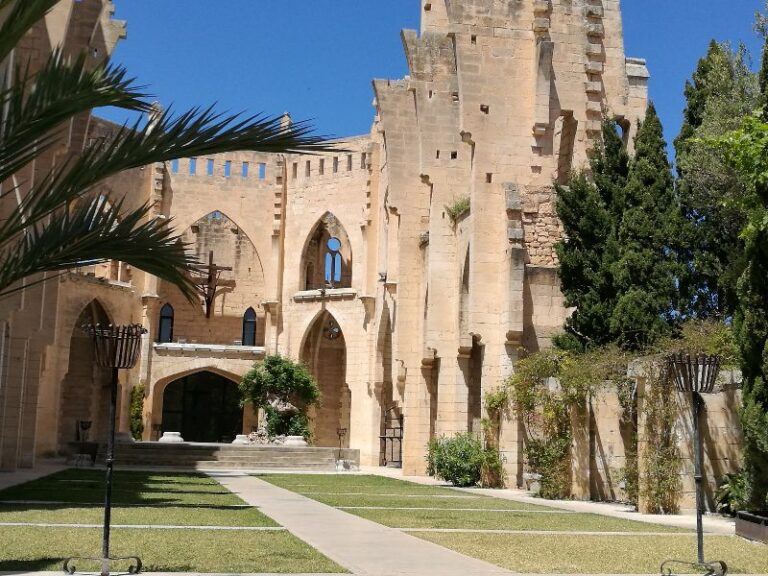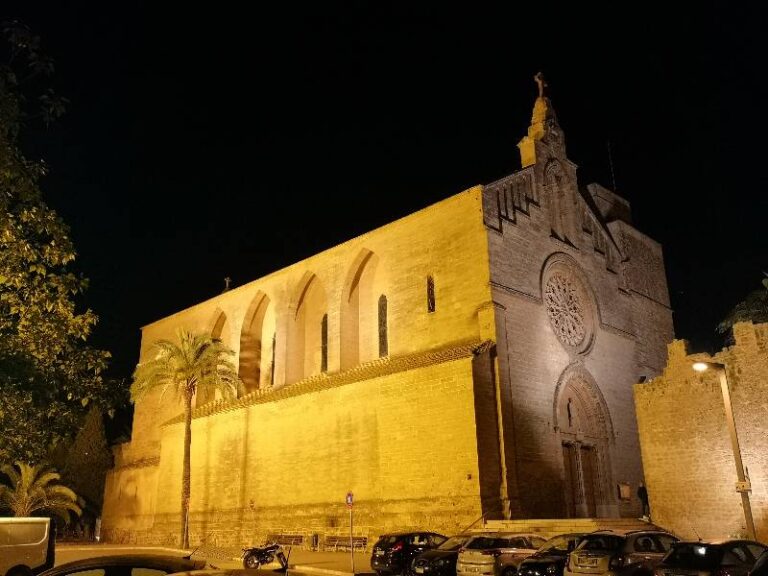All your holiday planning needs in one place, letting you book direct and benefit from official online rates
- Places To Go
- Things To Do
What’s Your Interest?
Traveling with kids
- Blog
Església de Maria
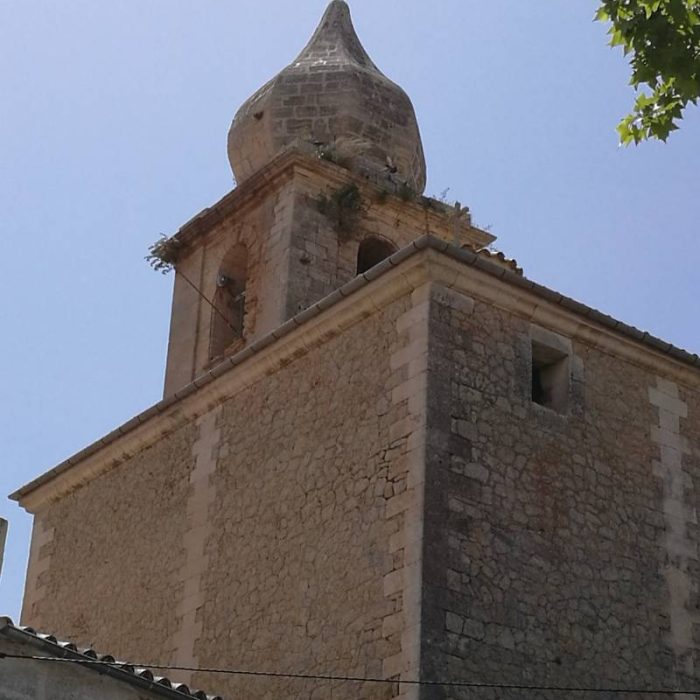
FEATURED EXPERIENCE

From Alcudia: Sailing Yacht Excursion with Wine & Tapas
From: €125
- Lowest Online Rates
The parish church of Maria is unusual and beautiful
First documentation of a church in Maria de la Salut, derives from 1592 when the story of a chapel in the building of Son Puig was told. This building is the rectory of the village today.
The cemetery, or fossar, wasn’t inaugurated before 1677, and the baptistery not until 1696. The cemetery was moved in the middle of the 19th century.
The construction of the present church, began in the second half of the 18th century, and was finished in 1786. In the years between 1851 and 1885, major expansions was made by local architect, Antoni Sureda Villalonga.
The Church was given the honor of becoming parish church in 1913, nearly 70 years after Maria de la Salut became an independent municipality.
Unlike many other churches in Mallorca, the facade of this church, is made with a smooth surface. On top of the crossbar, you’ll see a sculpture of Virgin Mary, made by Marc Llinàs, and above this another motif with the inscription “Nom est hic aliud ince Domini Deus Porta Coeli”.
The church ground construction, is made as a typical basilica, with a large ship and 6 side chapels. The ceiling is made of barrel vaults, and over the choir is a beautiful balcony with balustrades where the organ is at.
In the choir, you will also see the baroque altarpiece, made during the 1700’s, separated with Corinthian columns, and displaying an image of Our Mother of Maria de Salut, that can be venerated from both sides. To the left and right of her, as an image of Saint Peter and Saint Jacob.
To the left of the altarpiece, you’ll find the tomb of Antoni Desbrull i Sureda, who died in 1780, just a year before the church was finished.
The most remarkable feature of the church, however, is the bell tower with its Arabic/oriental crown. It is very likely that the tower has its inspiration from the Mozarab times in the Mediterranean region, a time that gave birth to the style called, ‘repoblación’, from where most of Europe’s church architecture has its roots.
Info
- Plaça de Dalt, 5, 07519 Maria de la Salut (click for directions)
- +34 971 525 033



